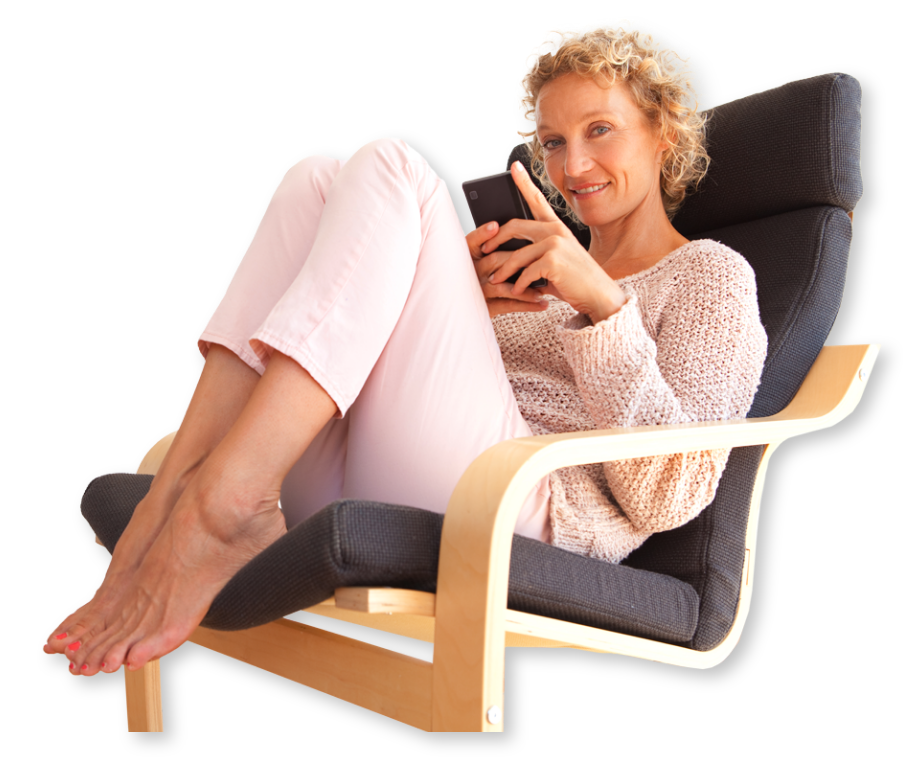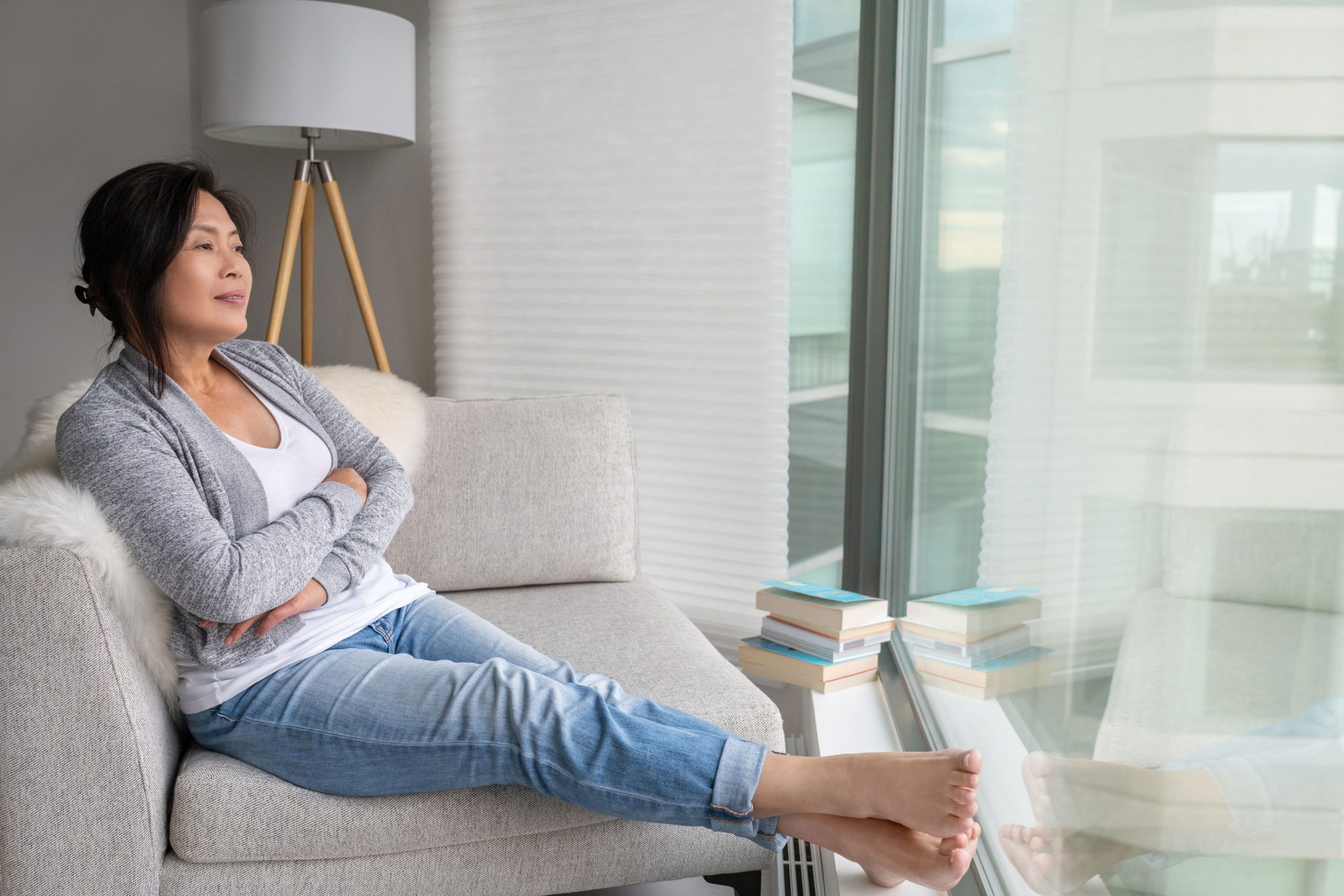While varicose veins are not considered a serious medical condition, they are unsightly and uncomfortable and can lead to blood clots, ulcers, and other problems. Dr. Polyxene (Polly) Kokinos and the team at South Bay Vascular have performed over 20,000 vein procedures. We can help!
Make an appointment today!
Call 408-376-3626
For answers to common questions about Varicose Veins, see our FAQ page.
Risk Factors
Age and family history are two major factors in a person’s risk of varicose or spider veins, but lifestyle also has a role to play. People who do not exercise regularly, are overweight or obese, or who sit or stand for long periods of time have a higher risk of varicose veins and venous insufficiency. Women who are pregnant also have a higher chance of these issues.
Women are more likely to experience varicose veins than men, but they are common among both genders. While they are most common among people who are middle-aged, even those in their teens and twenties can have this problem.
There is no way to prevent varicose veins. But improving your circulation and muscle tone can reduce the risk of developing varicose veins or getting additional ones.
No matter what your age or gender, there is no reason to wait to have these issues examined.
Symptoms
Common signs of varicose veins include:
- Unsightly large blue, bulging, veins
- Heaviness or tiredness in the leg
- Swelling or cramps
- Numbness, tenderness, or pain when touched
- A general sense of restlessness
- Irritated or itchy rash around the ankles
- Discolored, leathery, thick skin around the ankle and foot
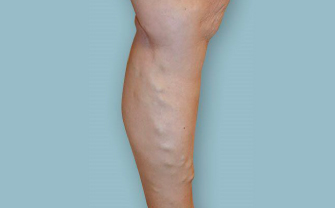
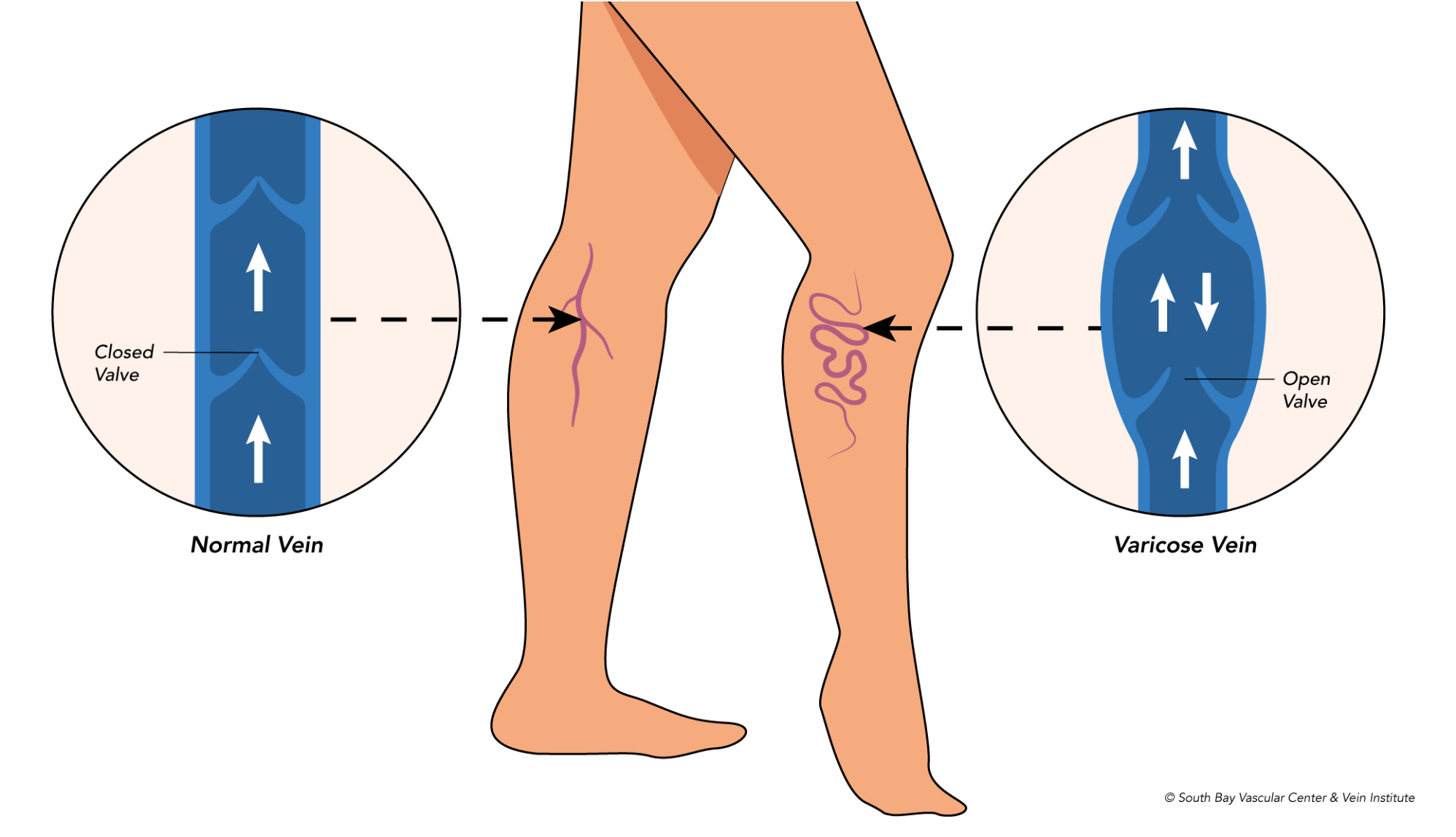
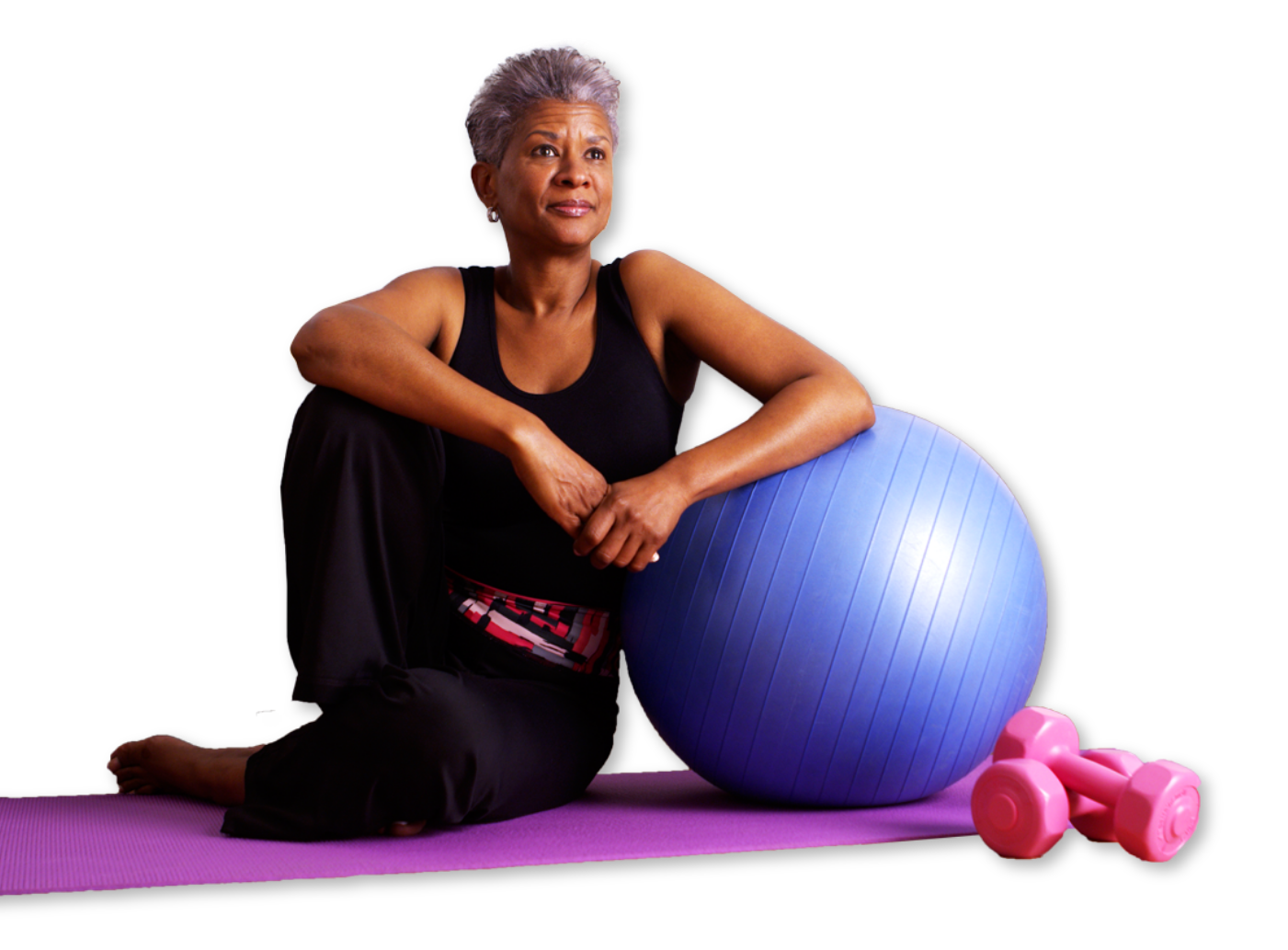
Solutions
At South Bay Vascular, we know that every varicose vein case is different, so we always start by listening. We want to understand the “why” behind your symptoms so that we can recommend the best possible treatment.
Treatment options we provide for Varicose Veins include:
Conservative Treatment
In some cases, patients can reduce leg pain and further deterioration of the venous system by making lifestyle changes, such as eating less, exercising more, and/or wearing compression stockings. Conservative treatment will not remove existing abnormal veins, but it may be the best treatment choice for patients who may not be able to undergo other treatment methods.
VNUS Closure® Radio Frequency Ablation
VNUS Closure®, also known as endovenous radiofrequency ablation or occlusion, is a treatment for venous reflux disease for patients with symptomatic varicose veins. It is performed on an outpatient basis under local anesthesia.
Read moreEndoVenous Laser Ablation (EVLT)
This advanced, highly effective treatment for varicose veins uses targeted laser energy to close off problem veins, thus relieving the symptoms and appearance of varicose veins and restoring healthy, attractive legs. This treatment is ideal for large varicose veins, including the greater saphenous veins.
Read more Play VideoAmbulatory Phlebectomy
Also referred to as Microphlebectomy, this is a minimally invasive surgical technique used to treat varicose veins that are close to the skin. During this procedure, our vein expert will make small nicks are in the skin (less than 1/16 of an inch) over the varicose vein and then use a tiny hook to remove the damaged vein through this opening.
Read moreSclerotherapy
Please note: South Bay Vascular no longer does topical sclerotherapy for cosmetic spider veins. We can refer you to other excellent doctors should you require this service.
Learn More
For more information about varicose veins and treatment options, view our blog articles:
